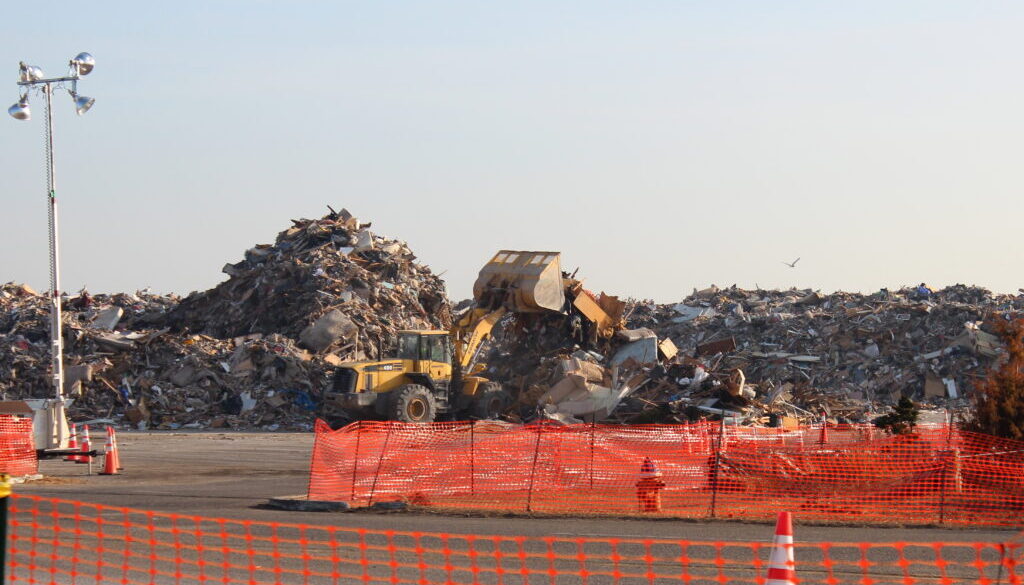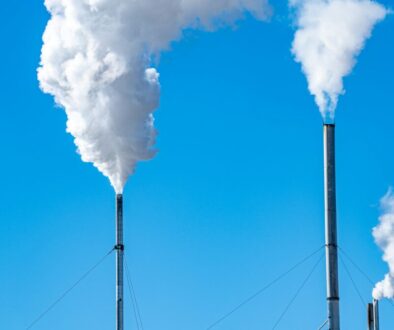EPA proposes adding PFAS to hazardous waste cleanup law
Federal regulators today announced a proposal to update the definition of hazardous waste in the Resource Conservation and Recovery Act (RCRA) to include a class of chemicals known as PFAS, a move designed to help ensure cleanups of these so-called “forever chemicals” at hazardous waste facilities.
The Environmental Protection Agency (EPA)’s proposed rules will also add nine per- and polyfluoroalkyl substances (PFAS) to a list of substances in the act that are considered in assessments of facilities used to treat, store, and dispose of hazardous waste. The updates will strengthen protections for communities located near the 1,740 hazardous waste facilities across the US, the Environmental Protection Agency (EPA) said in a statement.
“Today’s announcement by the EPA will ensure that quick action can be taken to clean up PFAS and will send a powerful signal to industry to be good stewards of their PFAS wastes,” said Scott Faber, senior vice president for government affairs at The Environmental Working Group nonprofit in a statement.
PFAS chemicals do not break down naturally and can leach into drinking water from industrial sites, sewage treatment plants, and landfills. PFAS have been found in at least 45% of US tap water and in the blood of about 97% of Americans. Exposure to the chemicals has been linked to numerous health problems, including certain cancers.
Over 700 military sites nationwide have been either found to have discharged or are suspected of having discharged PFAS into the environment, often from firefighting foam that contains the toxic chemicals.
The EPA proposed the first drinking water standards for six PFAS chemicals last March, with plans to finalize the rule early this year. Under its PFAS Strategic Roadmap, the Biden administration has set goals to invest in research to understand PFAS exposures and toxicities, restrict PFAS from entering US air, land, and water, and accelerate the cleanup of PFAS contamination.
While many promising new technologies are in the works to better detect PFAS, most are still in the early stages of development. And while disposal methods exist – burying them in landfills or injection wells or simply incinerating the chemicals – questions remain about how to destroy the so-called “forever chemicals.”
The EPA’s latest action to control PFAS pollution comes after a June 2021 petition submitted to the agency by the Governor of New Mexico, which requested that the chemicals be listed as hazardous wastes under RCRA.
“States like New Mexico are on the front lines of protecting communities from forever chemicals, and stronger federal regulations are essential in addressing such contamination,” said New Mexico Gov. Michelle Lujan Grisham in the EPA press release. “EPA’s proposed rules are a direct result of New Mexico’s leadership in holding polluters accountable by treating PFAS like the toxic waste they are.”
The agency plans to publish the proposed rules in the Federal Register in the next few weeks, with public comment periods to follow.
(Featured image by US EPA via Wikimedia Commons.)
 EWG
EWG



February 2, 2024 @ 4:04 pm
Why only a handful of individual chemicals instead of all of them? Why do they keep doing this?